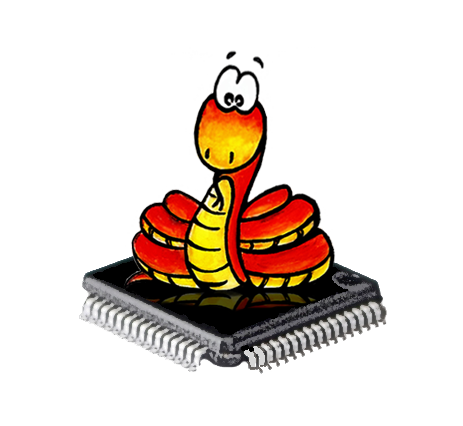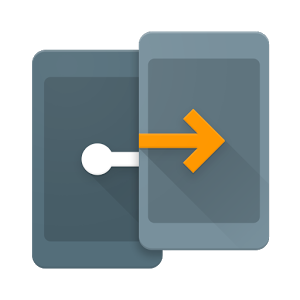When Home Assistant started the focus has always been on making a great developer experience. Allowing anyone to add support for their favorite devices to Home Assistant easily. This focus has been a great success since we now have 339 components and platforms!
Starting with this release, we are extending our extensability to the frontend. Starting this release, any component can add it’s own page to the frontend. Examples of this today are the map, logbook and history. We are looking forward to all the crazy panels you’ll come up with!
We have also seen an exciting trend of people starting to visualize their Internet of Things data using Jupyter Notebooks, which are a great way to create and share documents that contain code, visualizations, and explanatory text. In case you missed it, the blog post by @kireyeu shows an advanced usecase while our Notebooks in the Home Assistant Notebooks repository cover the basics.
This release also includes a bunch of new integrations, among others three new media player platforms. This means that today Home Assistant can talk to 26 different media players!
The brand-new iFrame panel component allows you to add other websites as pages in the Home Assistant frontend. They will show up in the sidebar and can be used the same way as you open the frontend in your browser but all within one view.
I would like to do a shoutout to @fabianhjr. He has started adding typing data (PEP484) to the Home Assistant core. This will help us identify issues before they are released.



- Frontend: Support for iFrame panels to adding other sites to sidebar (@balloob)
- Allow components to register custom frontend panels (@balloob)
- Add example custom_component react_panel showing custom panels (@balloob)
- Light: MagicLight/Flux WiFi Color LED Light support (@Danielhiversen)
- Script: Specify a delay using templates (@Teagan42)
- Media player: Russound RNET integration (@laf)
- Remote: Option specifying custom timeout when calling Home Assistant API (@n8henrie)
- Thermostat: Integration of KNX thermostats (@open-homeautomation)
- Thermostat: Support for HVAC mode of Nest devices (@vladonemo)
- InfluxDB: Option to specify additional tags (@open-homeautomation)
- Input slider: Support for float value (@ngraziano)
- Template: New filters (
timestamp_localandtimestamp_utc) (@fabaff) - Binary sensor - Wink: Water leak sensor support added (@w1ll1am23)
- Sensor - Tellduslive: Support for luminance of Fibaro Motion Sensor (@PetitCircuitLab)
- Switch - RPi GPIO: Fix when inverted logic (@zeroDenial)
- Z-Wave: Rollershutter update (@turbokongen)
- RFXtrx: Fire events when receiving signals from sensors and tests added (@Danielhiversen)
- Core: Add type checking using mypy to the core (@fabianhjr)
- Remote: Support for getting the Configuration through the Python API (@fabaff)
- Media player: Support for DirecTV (@cbulock)
- Use browser timezone for frontend logbook and history dates (@armills)
- Light: New support for X10 lights (@fotoetienne)
- Sensor: Support for observing IMAP accounts (@danieljkemp)
- Media Player: Integration for MPC-HC (Media Player Classic - Home Cinema) mediaplayer (@abcminiuser)
- Notify:
locationextension for Telegram and photo bug fixed (@keatontaylor and @pvizeli) - Groups: Lock states will now be properly grouped (@jwl17330536)
- Media Player: Added tests for Sonos to improve code quality (@americanwookie)
- Device Tracker: iCloud stability fixes (@kellerza)
- Sensor: Speedtest with improved error handling and state restoring (@nkgilley)
- Recorder: Stability fixes (@kellerza)
- Qwikswitch: Stability fixes (@kellerza)
- Light: Hyperion keeps now track of active color (@schneefux)
Hotfix 0.25.1 - August 1
- Light - Z-Wave: Bring back delayed value update behavior (@jnewland)
- Recorder: Properly close session after execute (@kellerza)
- Media Player - Kodi: No longer block startup if connecting to wrong port (@shoekstra)
- Downgrade voluptuous to 0.8.9 as it blocked the upgrade for some (@balloob)
Hotfix 0.25.2 - August 2
- Hotfix to make sure Z-Wave locks work again. Thanks to @tobiebooth for the quick fix.
Breaking changes
- Google Voice SMS notification support was removed.
 The first release of Micropython for ESP8266 was delivered a couple of weeks ago. The
The first release of Micropython for ESP8266 was delivered a couple of weeks ago. The  One of the graphs created with this tutorial.
One of the graphs created with this tutorial.





 Over a year ago I participated in the
Over a year ago I participated in the 



 In the past month I was thinking about ways to integrate USB webcams into Home Assistant again. The main reason was that this would give those devices a second life and enable one to benefit from low-cost video surveillance. There are a couple of options available like
In the past month I was thinking about ways to integrate USB webcams into Home Assistant again. The main reason was that this would give those devices a second life and enable one to benefit from low-cost video surveillance. There are a couple of options available like 


 Couple of Home Assistant devs. Left to right:
Couple of Home Assistant devs. Left to right: